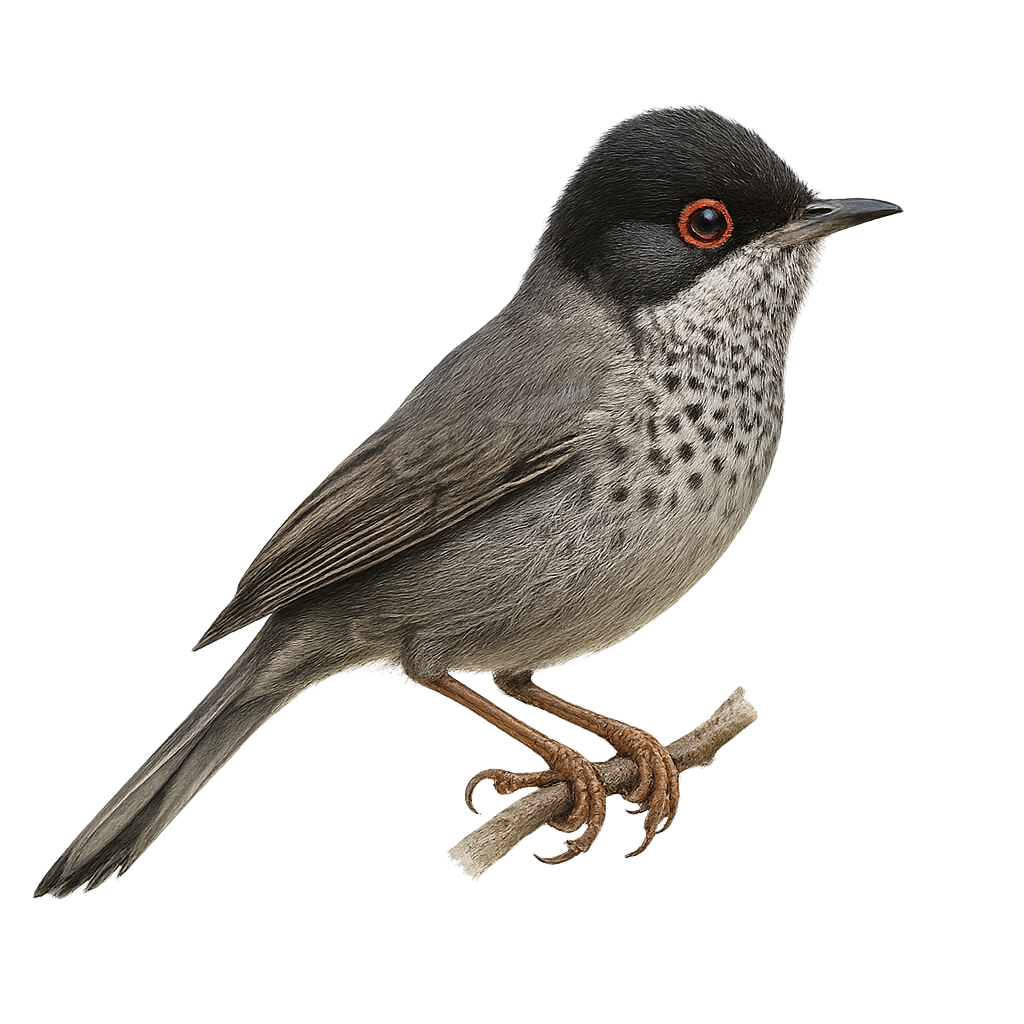Your wildlife photography guide.
Explore the cyprus warbler in detail, study its behavior, prepare your shots.
Where to observe and photograph the cyprus warbler in the wild
Learn where and when to spot the cyprus warbler in the wild, how to identify the species based on distinctive features, and what natural environments it inhabits. The WildlifePhotographer app offers tailored photography tips that reflect the cyprus warbler’s behavior, helping you capture better wildlife images. Explore the full species profile for key information including description, habitat, active periods, and approach techniques.
Cyprus Warbler
Scientific name: Curruca melanothorax

IUCN Status: Least Concern
Family: SYLVIIDAE
Group: Birds
Sensitivity to human approach: Suspicious
Minimum approach distance: 10 m
Courtship display: March to May
Incubation: 11-13 jours
Hatchings: April to June
Habitat:
Mediterranean scrublands, garrigues, shrub areas
Activity period :
Primarily active during the day, with peak activity in the morning and late afternoon.
Identification and description:
The Cyprus Warbler is a small passerine bird endemic to the island of Cyprus. It is characterized by its grey and black plumage, with a black cap and white throat. Males have a distinctive black chest, while females display softer tones. It primarily inhabits Mediterranean scrublands, garrigues, and open shrub areas. Its song is melodious and varied, often heard in spring. It feeds mainly on insects and small invertebrates, which it catches by flitting nimbly among branches. The Cyprus Warbler is territorial, especially during the breeding season, when it vigorously defends its space against intruders.
Recommended lens:
400 mm – adjust based on distance, desired framing (portrait or habitat), and approach conditions.
Photography tips:
To photograph the Cyprus Warbler, it is advisable to use a telephoto lens of at least 400mm to capture detailed images without disturbing the bird. Look for areas where the vegetation is dense yet open, as these birds like to perch in the open to sing. Be patient and discreet, blending into the environment to avoid scaring them away. Morning is often the best time to observe them, as they are more active and their singing is more frequent.
The WildlifePhotographer App is coming soon!
Be the first to explore the best nature spots, track rutting seasons, log your observations, and observe more wildlife.
Already 1 431 wildlife lovers subscribed worldwide

